
views
The mammoth cricket stadium at the Feroze Shah Kotla complex, which will shortly be named after one of the greatest lovers of the game, Arun Jaitley, did not always wear the present elegant look. It’s only about a decade ago, with Jaitley at the helm of the Delhi & District Cricket Association (DDCA), that the cricket ground was saved from losing its international venue status.
For several decades since its founding sometime in the early 1940s, this stadium bore a very Spartan look. Then functionaries of the DDCA could never raise sufficient funds nor the wherewithal to build a new stadium at the site. Things decayed in a manner that the DDCA was put on notice about holding matches on this ground. It was only after Jaitley came to the helm that the fortunes of the ground changed.
In the 1930s, the British started to build the capital city of New Delhi. As they built the city, the British also scouted for a ground for the imperial sport of cricket. Till then, the cricket hub of the city was at colonial Roshanara Club in North Delhi. Thus, in a part of the ruins of the Feroze Shah Kotla, just beyond Delhi Gate of the Walled City was built Willingdon Pavilion, where the offices of the Delhi and District Cricket Association (DDCA) shifted base.
Adjacent to the cricket stadium was a soccer ground was built, which today is known as Ambedkar Stadium. Since the soccer body, Delhi Soccer Association, did not have the means to take the stadium on lease, its ownership always remained with the Municipal Corporation. However, the cricket ground was transferred to the DDCA on a 99-year lease.
The first Test match on this ground was held only after Independence in 1948-49, against John Goddard-led West Indies team. Kotla’s wicket has been a happy hunting ground for Indian cricketing icons like Mansoor Ali Khan Pataudi, Bishan Singh Bedi, S Venkatraghvan, Sunil Gavaskar, Kapil Dev, Sachin Tendulkar and, of course, Anil Kumble. I had witnessed Kumble scalping all 10 Pakistani wickets in 1999 at Feroze Shah Kotla, bowling from the Willingdon Pavilion end.
For the few years that this stadium remained under repairs, the Ranji Trophy matches of Delhi team were played at Roshanara Club, the old colonial ground. There are two other national-level cricket grounds in Delhi – Karnail Singh Stadium in Paharganj, its ownership is with the Railways; and the second ground is in Palam under the Indian Air Force.
However, for those who follow Indian history, Feroze Shah Kotla is not about just a modern cricket stadium or a football ground. As one moves north from Purana Qila on the Ring Road and approaches the Raj Ghat complex, on the left hand are the remnants of the fort city built by Feroze Shah Tughlaq, the last important sultan of Delhi from the Tughlaq dynasty, ruling from 1351 to 1388. Feroze Shah came to power after the tumultuous regime of Mohammed Bin Tughlaq, who was known to be both eccentric and extraordinarily talented.
Feroze Shah Tughlaq became the first sultan of Delhi to shift the seat of power from South Delhi to the North of Raisina Hills. Before him, the sultans ruled the city from fort cities of Mehrauli, Siri and Jahanpanah. Kotla Feroze Shah became the first settlement of the Muslim rulers of Delhi on the banks of Yamuna.
The building of the new capital was the highlight of Feroze Shah’s reign. Two centuries later, Mughal emperor Shah Jahan built the city of Shahjahanabad and Red Fort on the foundations of Kotla Feroze Shah. Feroze Shah is credited with bringing the two Ashokan pillars, one from Topara in Ambala district and Meerut to Delhi.
One of the Ashokan pillars still stands today at his palace inside the Feroz Shah Kotla complex. Feroze Shah is also credited with the rehabilitation the Qutb Minar, which was struck by lightning in 1368, knocking off its top storey. Tughlaq replaced them with the existing two floors, faced with red sandstone and white marble. One of his Shikargah (hunting lodge), known as Kushak Mahal, is situated within the Teen Murti House complex. The Kushak Road in Lutyens’ Delhi is named after this fort.
Feroze Shah Kotla was virtually abandoned as the later rulers built another fort city, which today houses the Lodhi Garden. With the coming of the Mughals, Delhi lost its pre-eminent stature before Shah Jahan brought lustre back to the city.
During the interregnum of Sher Shah Suri, another fort city was built on the banks of the Yamuna, which is known today as Old Fort. No wonder Kotla turned into ruins as in the centuries that followed, much of the structure and buildings it housed were destroyed as successive rulers dismantled them and reused the material in the structures they built.
Kotla remained that way for many centuries till the British decided to build a cricket ground here. We will come to the cricket still later, as the ruins too had their romance with history.
The most prominent was the venue of the first meeting between Punjab revolutionary Bhagat Singh and the leader of the militant movement from United Provinces, Chandrashekhar Azad. This reunion brought together the various militant factions and Ram Prasad Bismil’s Hindustan Republican Association (HRA) under the banner of Hindustan Socialist Republican Army (HSRA).
Bismil and his associates Ashfaqullah Khan, Roshan Singh and Rajendra Lahiri were hanged in December 1927 in the Kakori train robbery case and the militant movement against the British rule was floundering. This made Azad take the initiative of contacting groups in Punjab. On August 7-8, 1928, leaders, including Azad, Bhagat Singh, Sukhdev Thapar and Shivram Rajguru, came together at Kotla to revive the militant movement and from this emerged the HSRA.
In the next few years, HSRA cadre left behind a trailblazing legacy, assassinating Lahore’s police official JP Saunders to avenge the death of Congress veteran Lala Lajpat Rai. Justifying their violent agitation, the HSRA also came out with a manifesto titled ‘Philosophy of Bomb’.
Today, a memorial park stands at the place where the HSRA was born. Adjacent to the cricket ground is the monument with the statutes of Bhagat Singh and his comrades Rajguru and Sukhdev. The gate of this monument opens on the legendary Bahadur Shah Zafar Marg, the home to Delhi’s media houses for a very long time.
Naming of the stadium after the country’s former finance minister and cricket enthusiast Arun Jaitley is the right tribute as he saved it from once again turning into a ruin. History indeed is still being written at the Kotla.
(The writer is a senior journalist and cricket aficionado. Views are personal)











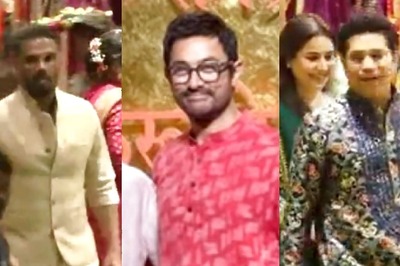


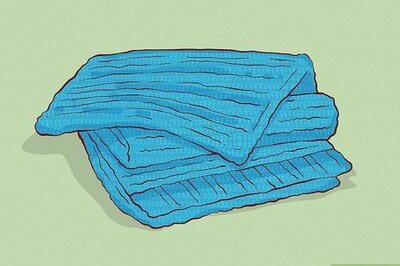
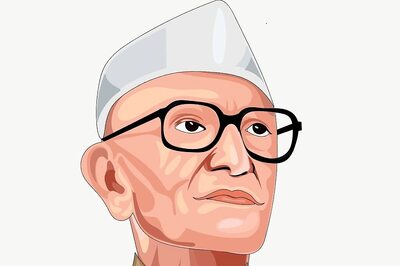
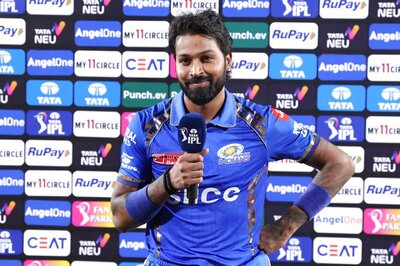
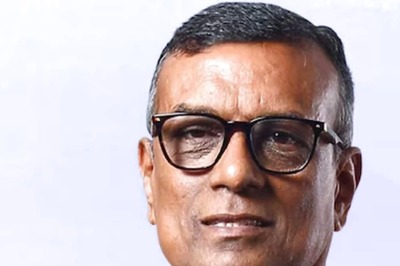
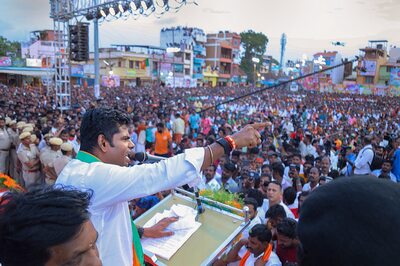
Comments
0 comment